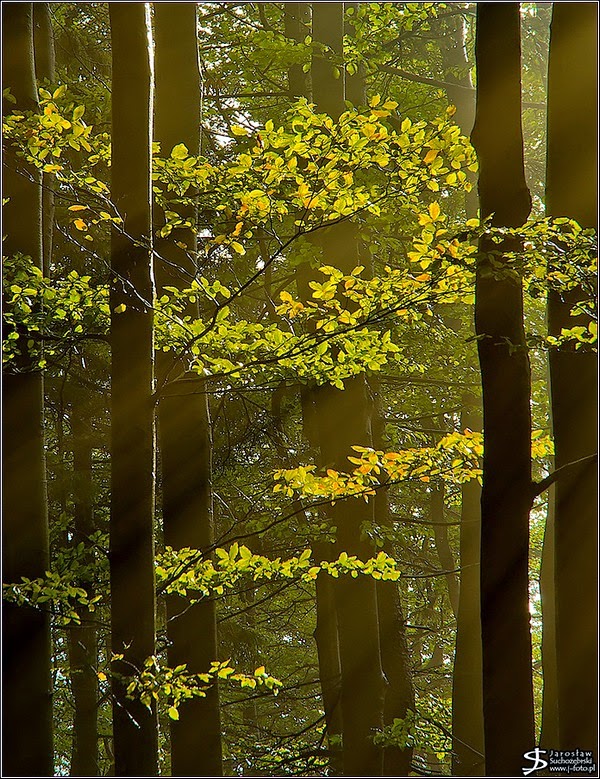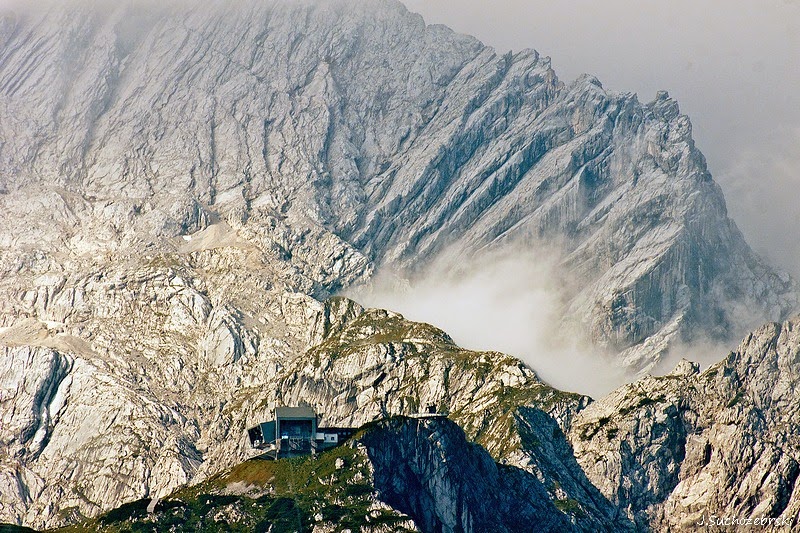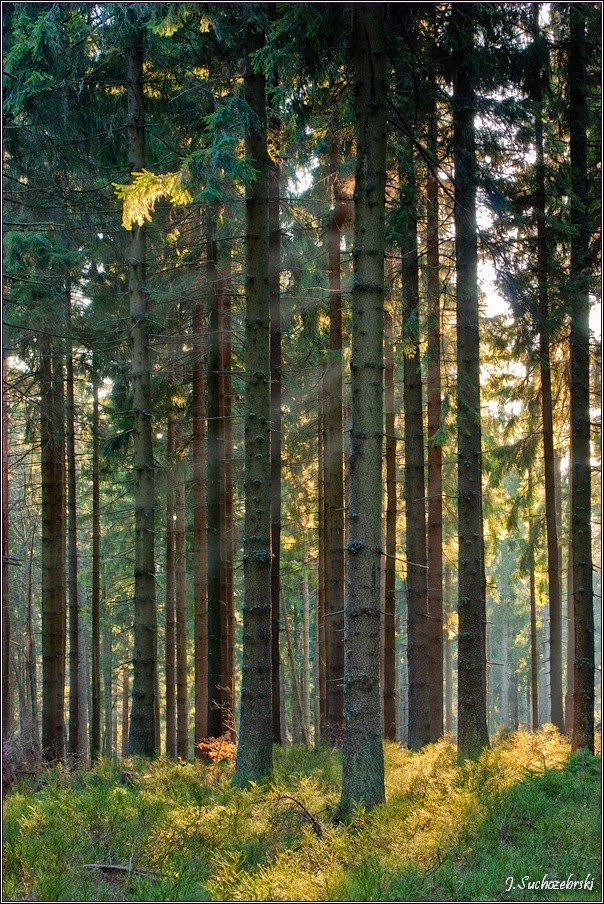Golden Polish Autumn

Golden Polish autumn – that’s the phrase commonly used to describe this season. In September and October the weather is often beautiful, sunny and warm. During this month a total change of colors takes place. Only coniferous trees retain their green color, other than that, the green disappears and gives place to bronze, red and yellow tones which create unique autumn aura. It is time to celebrate and enjoy the colors. Mandarin Orange Monday - ABC Wednesday




















